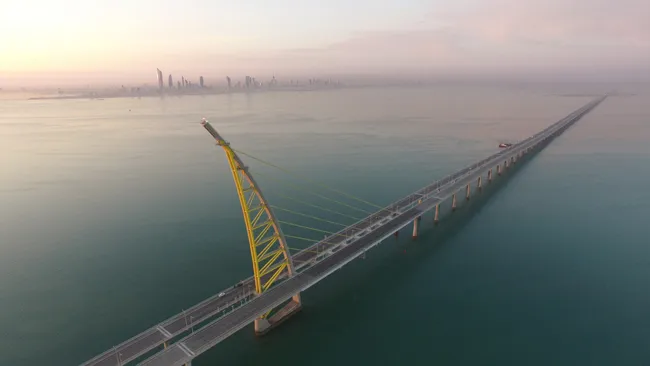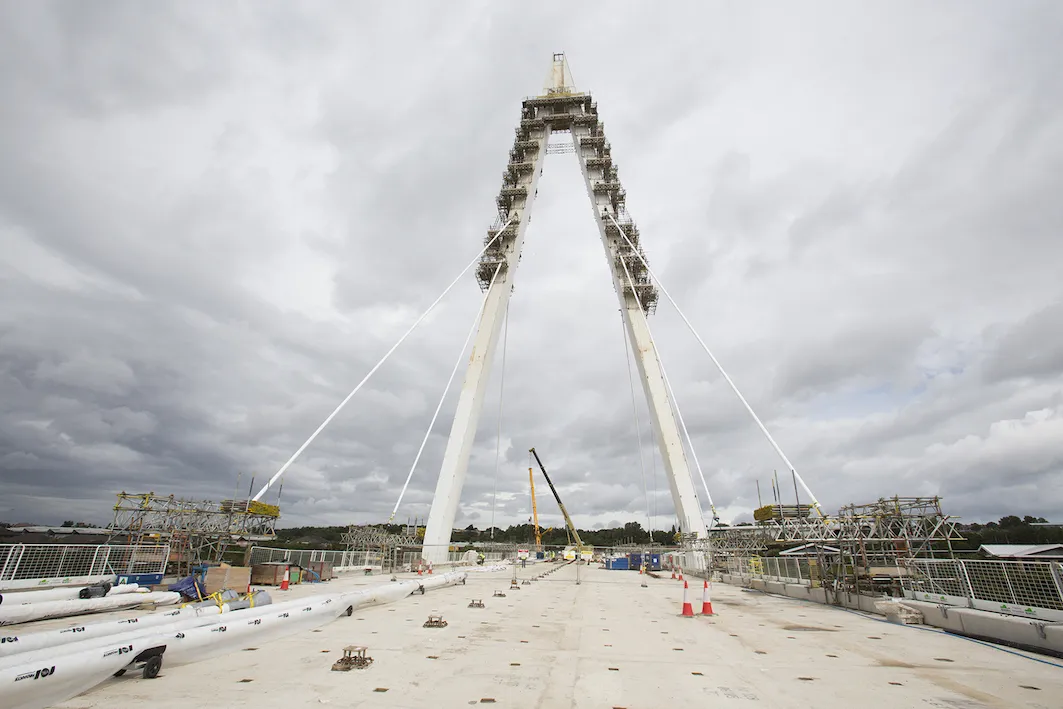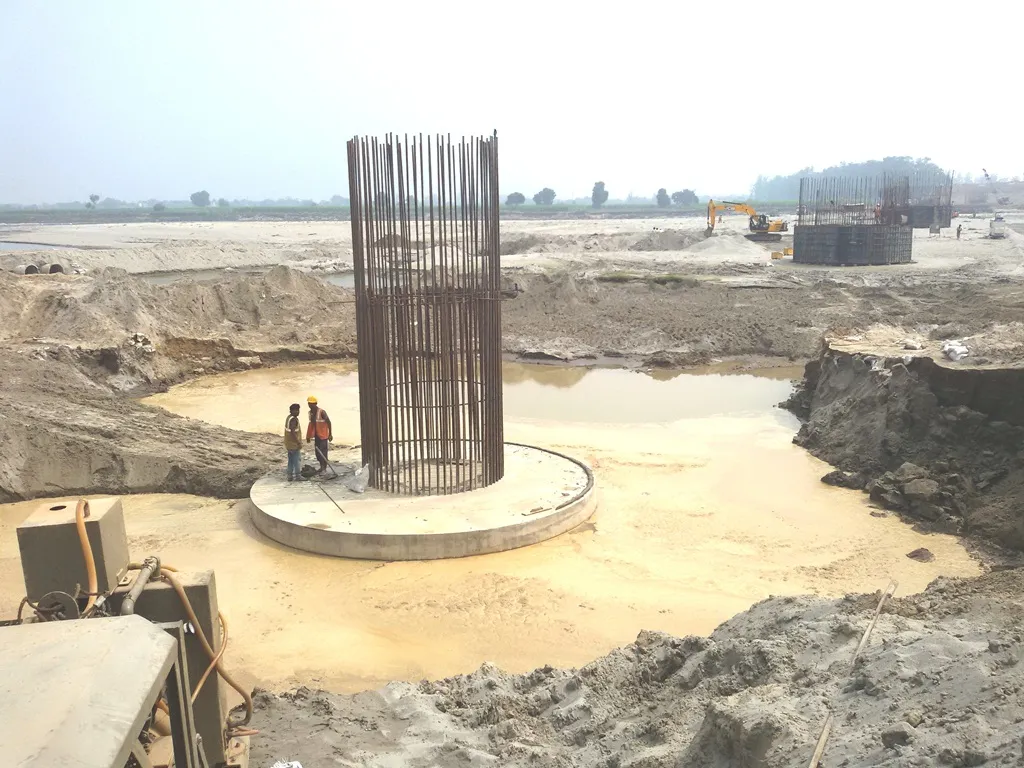
Kuwait’s innovative Sheikh Jaber Al-Ahmad Al-Sabah Causeway connection is now complete and open to traffic. Measuring 48.5km in all, the new causeway comprises the 36.1km Subiyah Link and the 12.4km Doha Link, making this the world’s fourth longest bridge.
Dar’s worked as lead consultant on the project working alongside Dar Group sister companies
Dar’s brief from for Kuwait’s Public Authority for Roads & Transportation (PART) was to ensure a 100-year service life in a challenging coastal marine environment.
The Causeway facilitates development of the border region of Subiyah, which will be the site of a major free-trade zone, Madinat al-Hareer or Silk City, reviving Kuwait’s place on the ancient Silk Route. Land areas of 350,000m2 and 600,000m2 have been reclaimed at either end of the Causeway, while two artificial islands of 300,000m2 each have been constructed along its length.
The Causeway carries dual carriageways, each with a total width of 17m and carrying three lanes of traffic, an emergency lane and a hard shoulder. The main section reduces the journey time from Kuwait City to Subiyah from 70 minutes to 20 minutes. The subsidiary link to Doha (Kuwait) and the Kuwait Entertainment City reduces journey times from 30 minutes to 7 minutes.
A cable-stayed bridge in the main section creates a navigation channel 120m wide and 23m high to enable access to Kuwait’s Doha port. This opening in the Causeway is supported by a 151m-high pylon, inspired in its shape by a traditional sailboat, but unconventional in its engineering.







